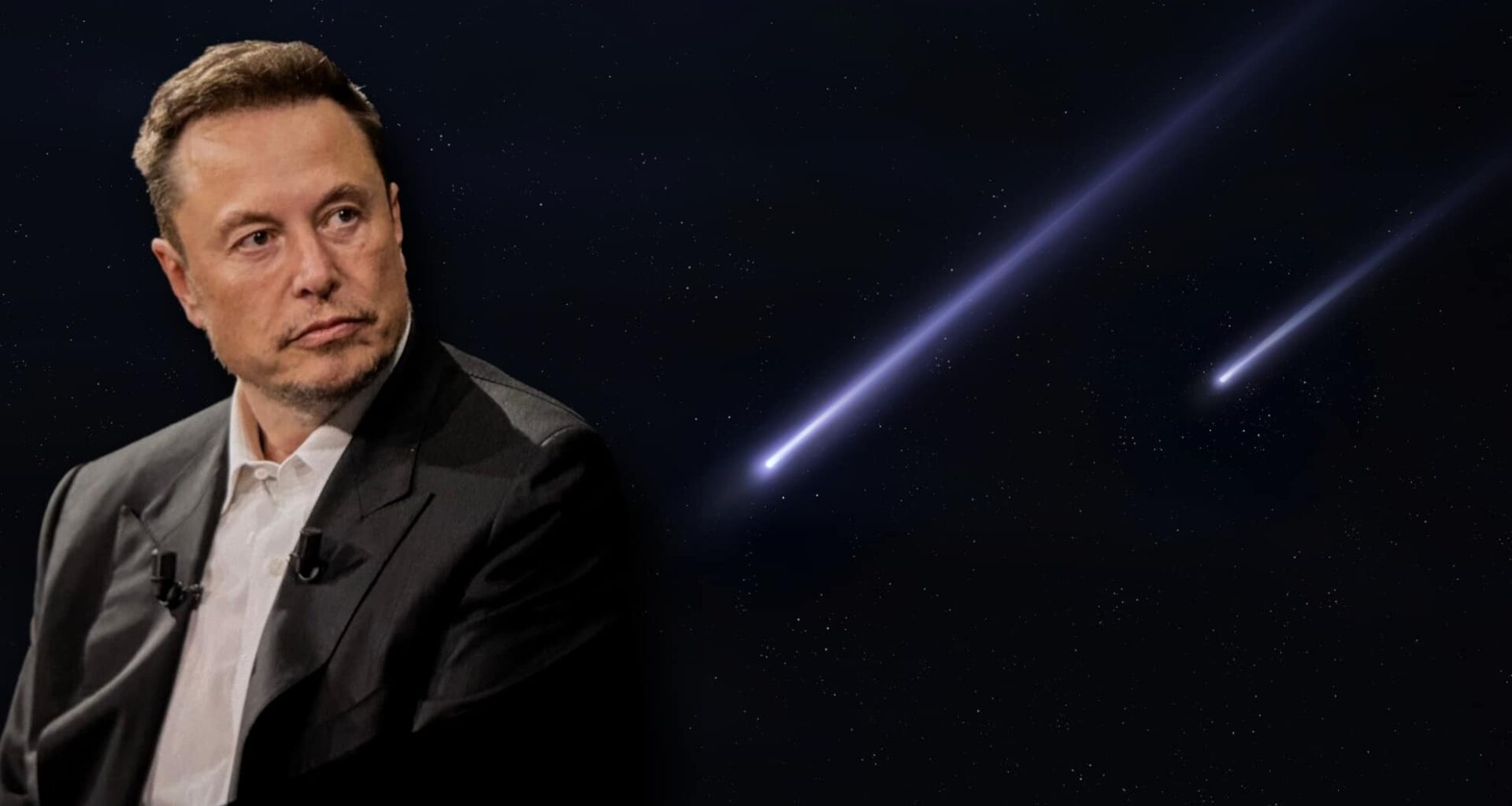These warnings come as SpaceX, the company behind Starlink, continues expanding its presence in low Earth orbit (LEO). Experts are now questioning the long-term viability of this approach, as aging satellites are purposefully deorbited—and not always harmlessly.
The current deployment of Starlink satellites began in 2019, with the goal of creating a global satellite internet network. Since then, SpaceX has launched thousands of small satellites using its reusable rockets. The pace of deployment has only increased: over 2,000 new satellites were launched in 2025 alone. But the growing size of this network comes with growing risks.
Many of these satellites are already reaching the end of their life cycle, leading to a regular stream of controlled re-entries. While these are designed to burn up safely in the atmosphere, researchers are beginning to question how safe and sustainable this really is.
Satellites Have a Short Lifespan—and Are Already Burning Up
According to astrophysicist Jonathan McDowell of the Smithsonian Astrophysical Observatory, roughly one or two Starlink satellites are falling out of the sky each day. Speaking to EarthSky, McDowell said that the figure is expected to rise as more satellites reach the end of their planned five-year lifespan. These satellites are guided back toward Earth to disintegrate during re-entry, but the sheer volume of daily descents is beginning to draw attention.
As McDowell explains, the problem stems from the short operational life of Starlink units. Unlike traditional satellites built to last for a decade or more, Starlink satellites are relatively small and have a limited endurance. As a result, constant replacements are necessary to maintain the network, creating a cycle of launch and deorbit. Currently, more than 8,000 Starlink satellites are active, and more are scheduled as part of competing projects such as Amazon’s Kuiper, which plans to deploy over 3,200 satellites.
Scientists Fear Atmospheric Consequences
While these satellites are designed to vaporize during re-entry, researchers are concerned about the byproducts being released into the upper atmosphere. According to a study cited by Futurism, the burning of these metallic components could have unforeseen effects on the ozone layer. The material released, especially aluminum, may accumulate in the stratosphere and trigger chemical reactions with serious environmental consequences.
McDowell highlighted the scientific uncertainty in an interview with The Register, stating, “So far answers have ranged from ‘this is too small to be a problem’ to ‘we’re already screwed.’” He added that the uncertainty is significant enough to warrant concern over long-term atmospheric damage. The cumulative impact of hundreds or even thousands of burning satellites each year is still poorly understood, but the risk is no longer considered negligible.
Falling Debris Could Soon Pose Real Danger on Earth
Beyond pollution, there’s also the issue of falling debris. A 2023 report from the Federal Aviation Administration (FAA) projected that by 2035, as many as 28,000 fragments from re-entering satellites could survive descent each year. This could raise the odds of someone being killed by satellite debris to 61 percent annually—a dramatic shift from earlier assessments that considered such events virtually impossible.
The majority of Starlink satellites are in low orbit, which helps them burn up completely. But if other operators are pushed to higher altitudes to avoid crowded orbital zones, their satellites may linger for decades before re-entry, increasing the chance of uncontrolled descents.
McDowell also flagged the threat of Kessler syndrome—a runaway cascade of collisions caused by overcrowded orbits—as a worst-case scenario. Although Starlink satellites are unlikely to spark such a chain reaction due to their low altitude, the proliferation of other constellations in higher orbits could bring that scenario closer.
There is also the added complication of solar activity. During solar maximum periods, heightened geomagnetic storms can destabilize satellite orbits. McDowell notes that these space weather events have already been linked to increased satellite failures and re-entries.

